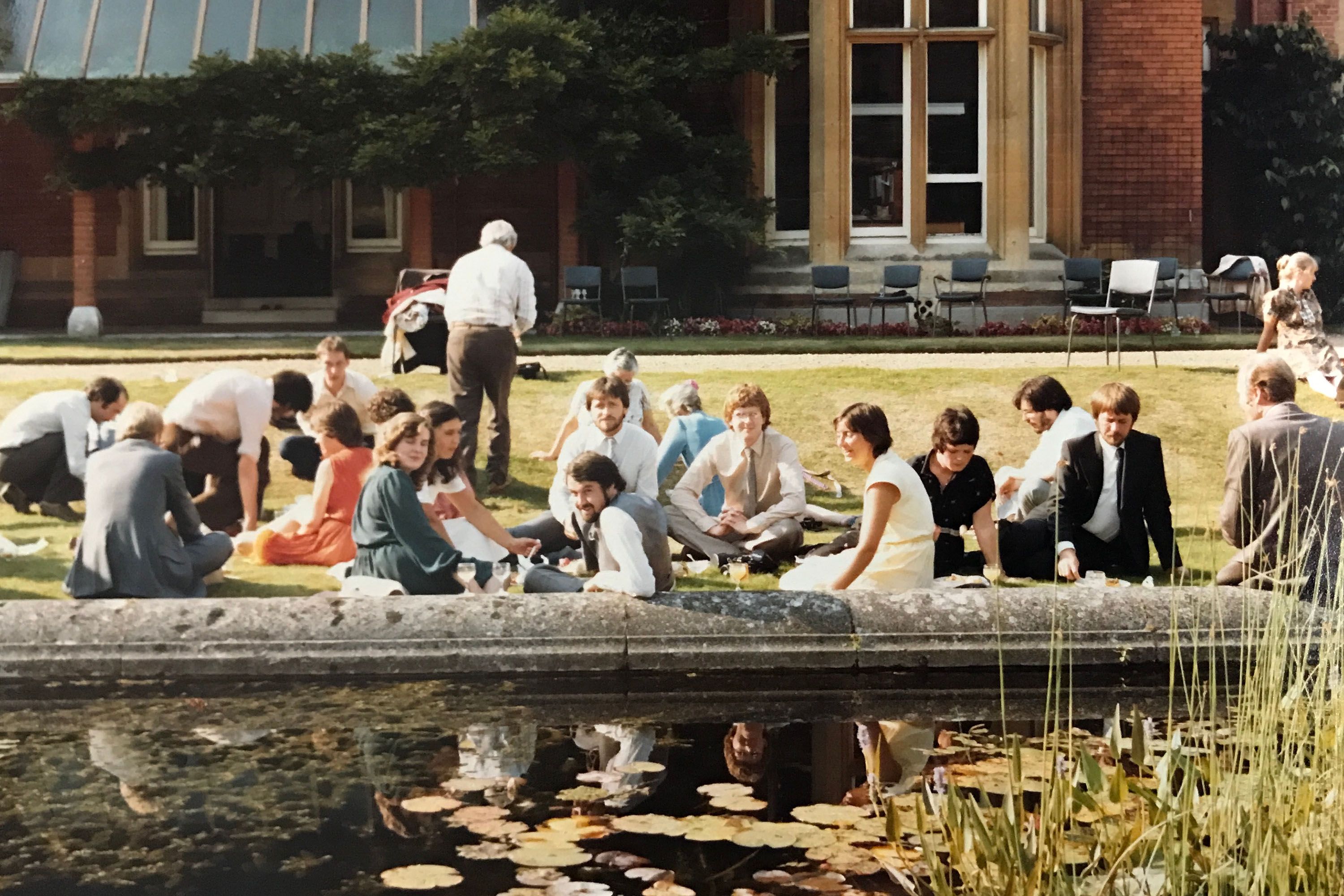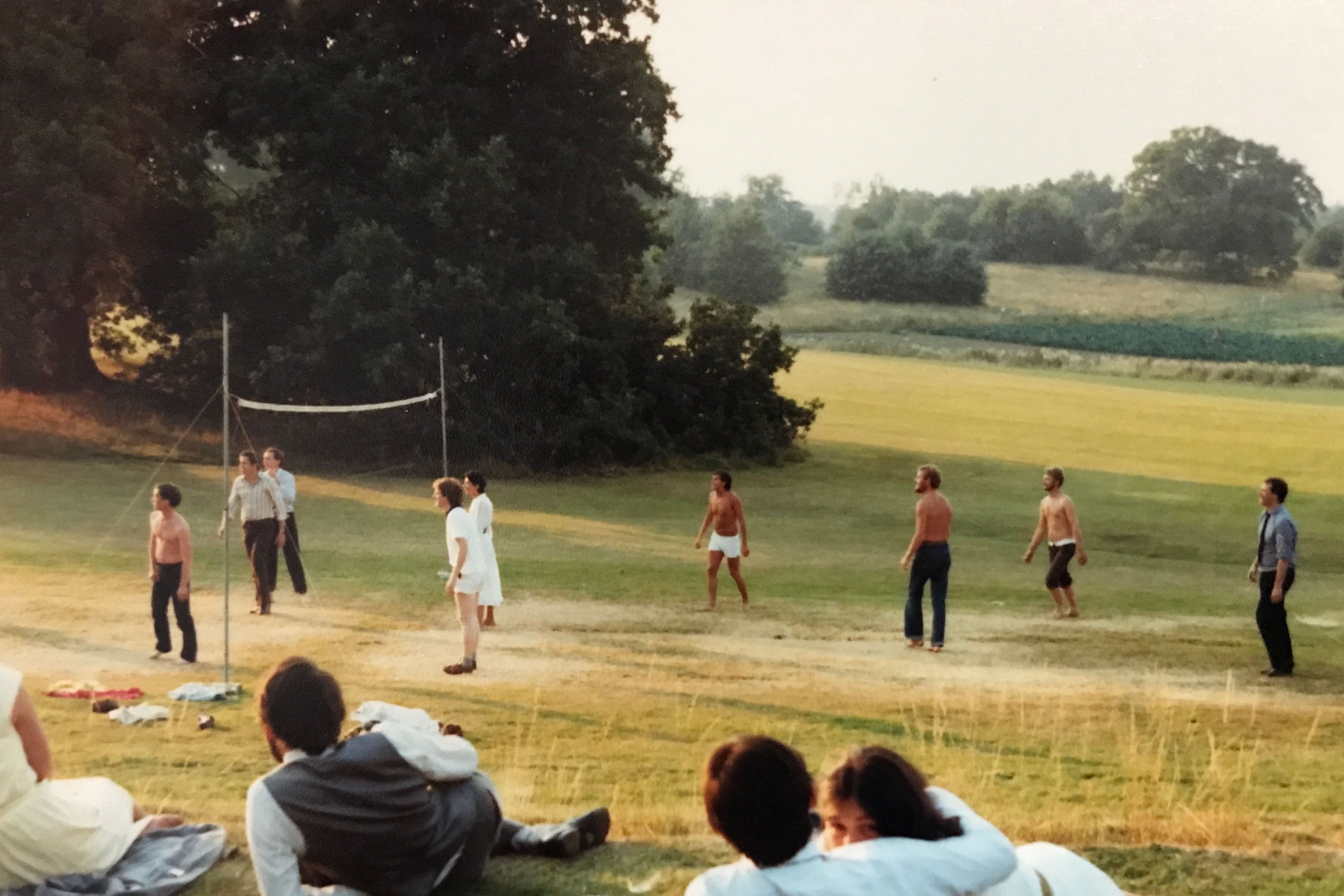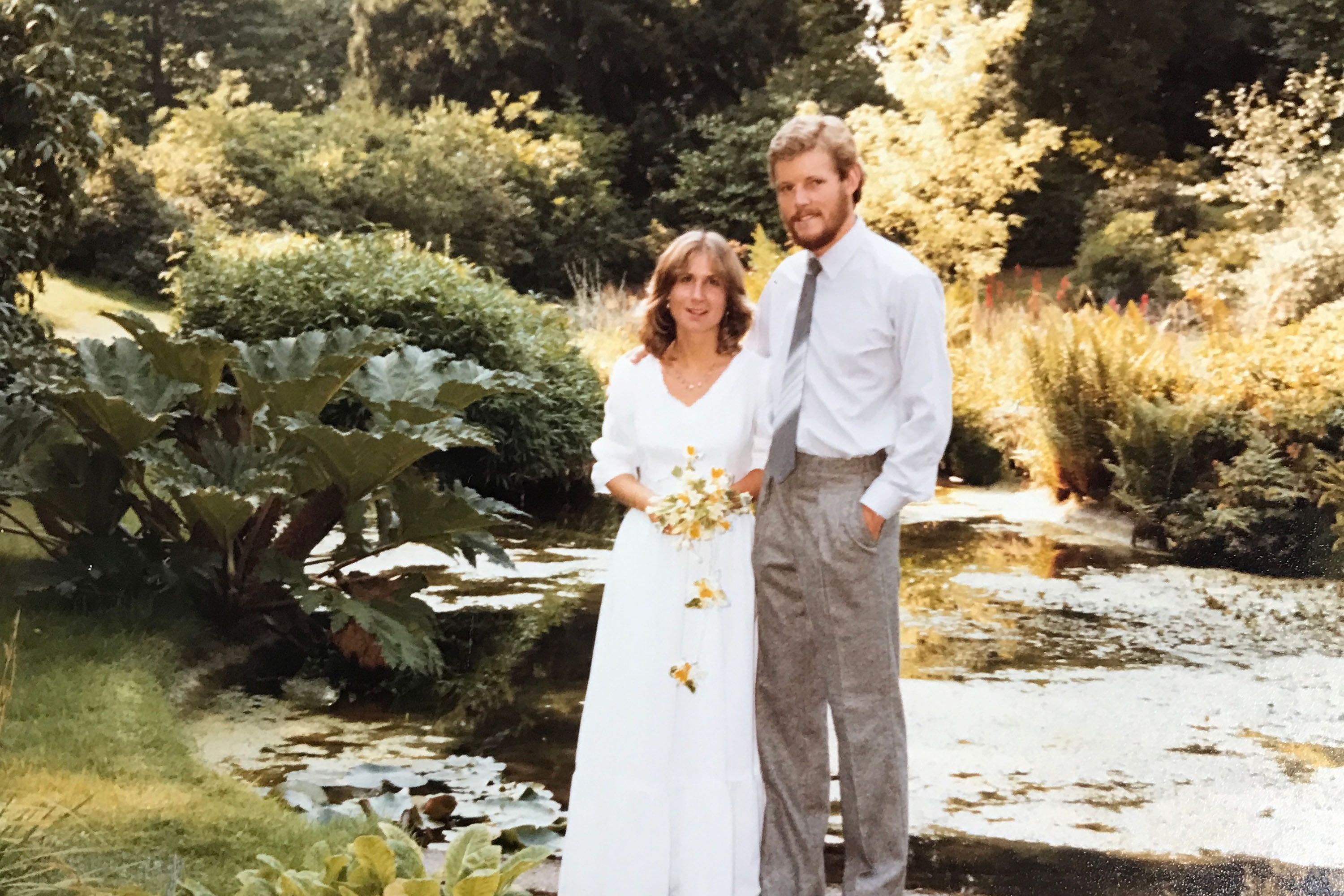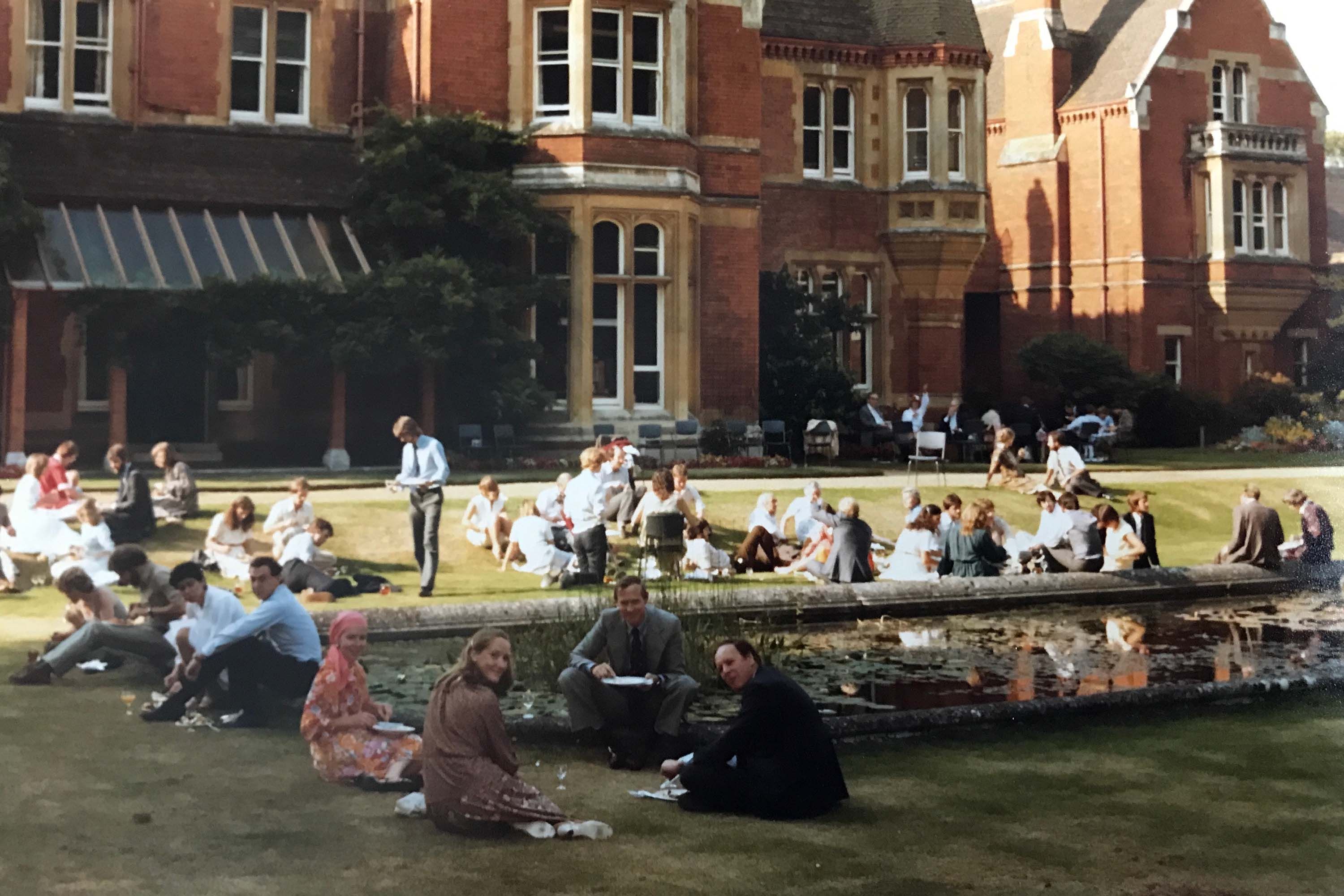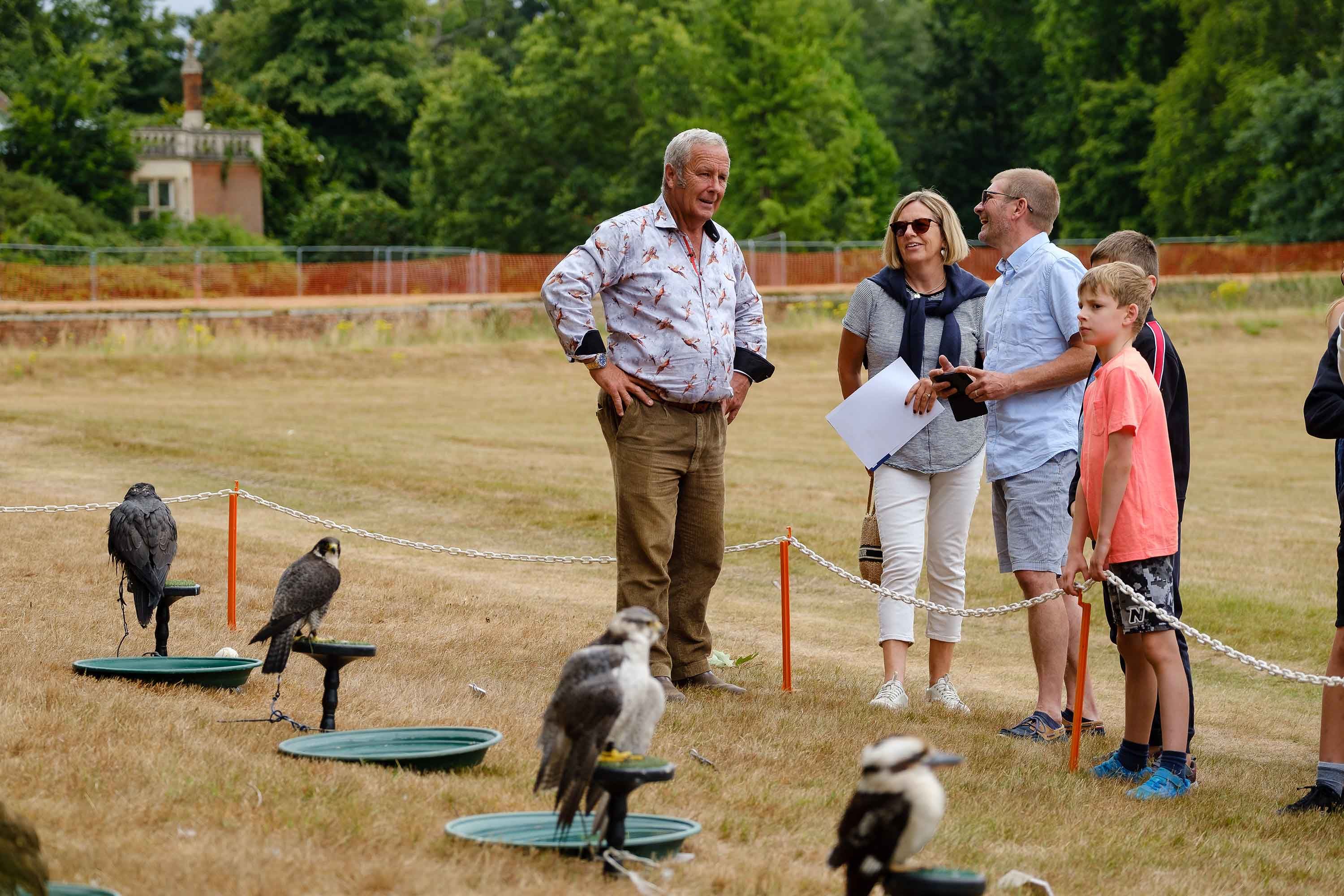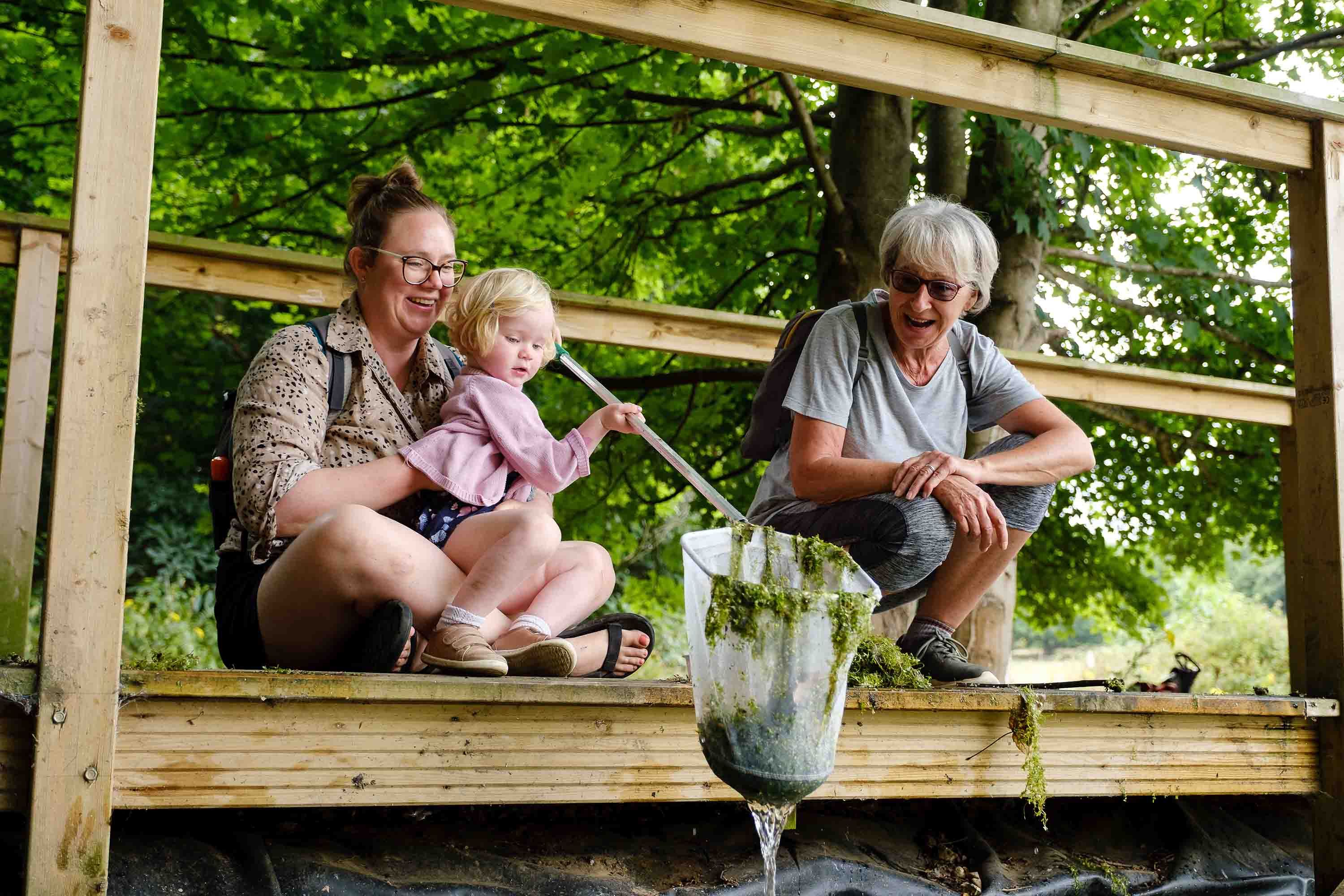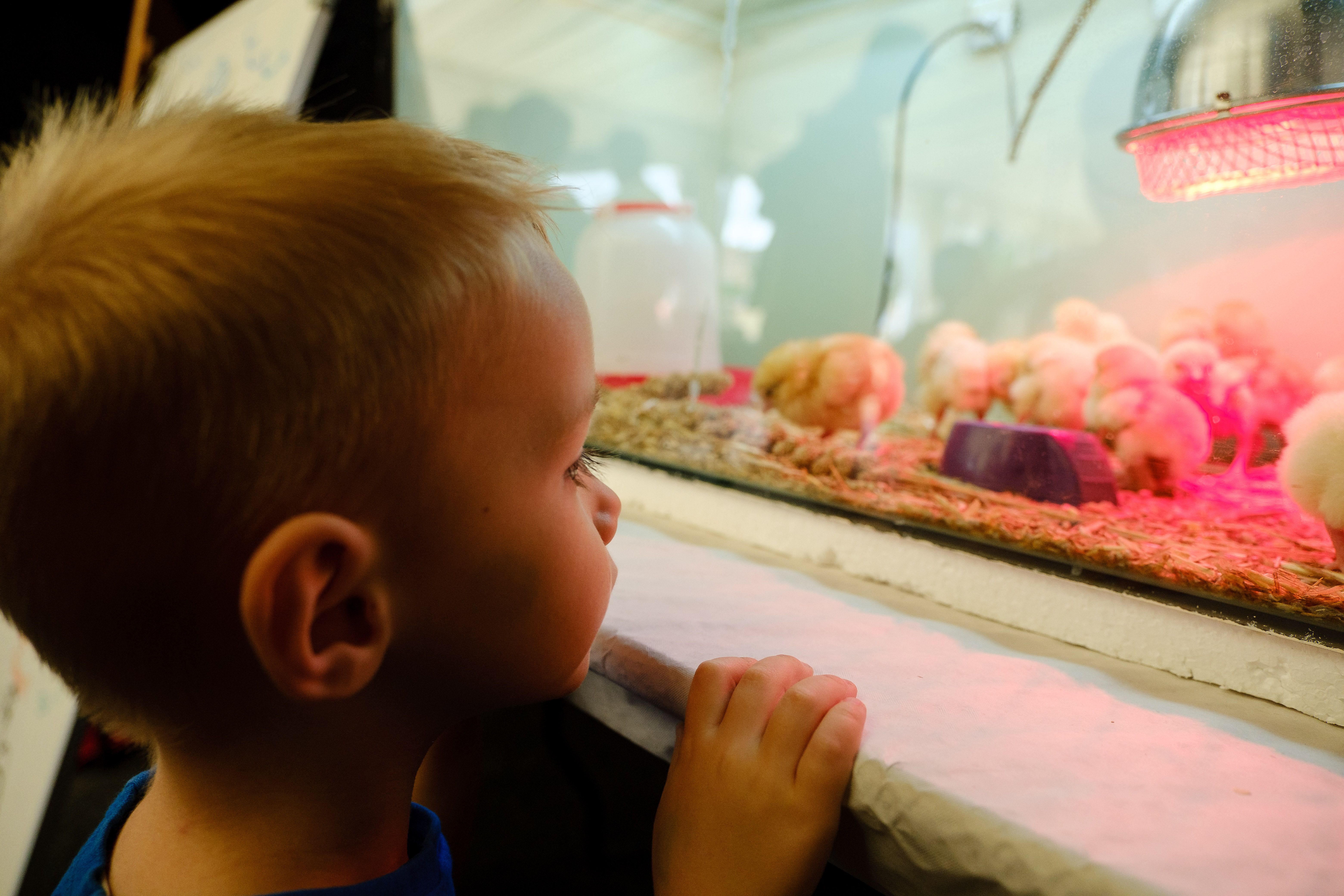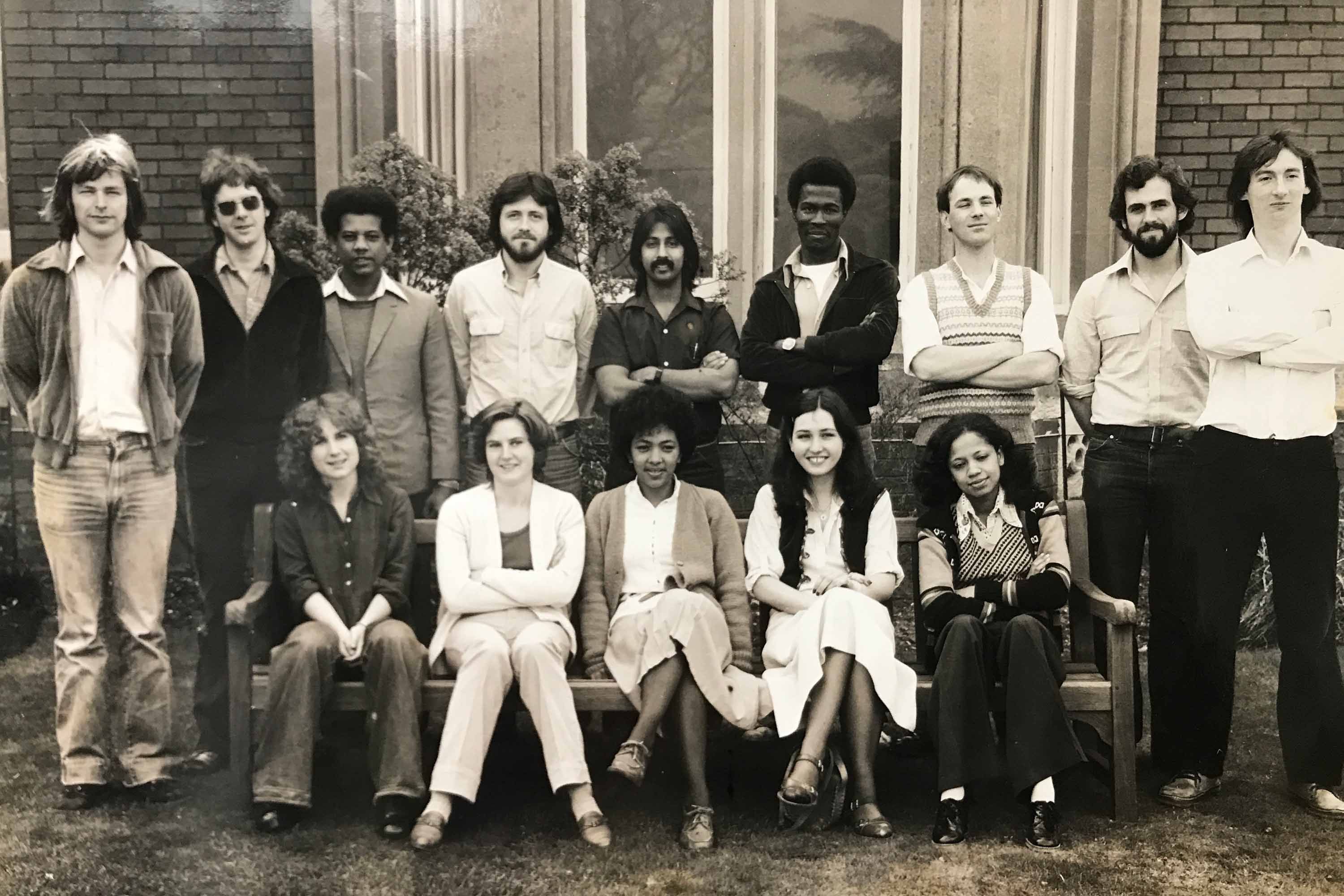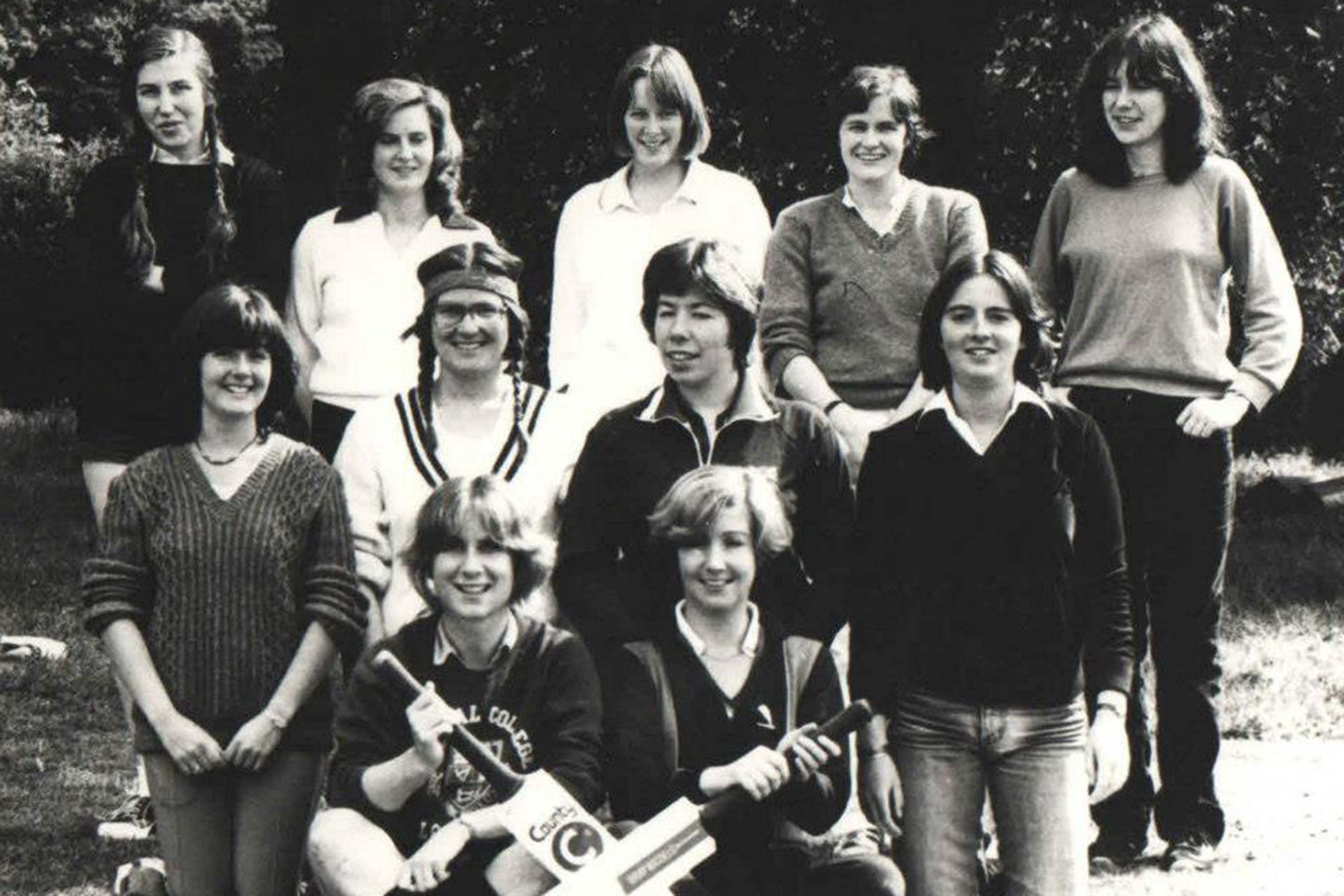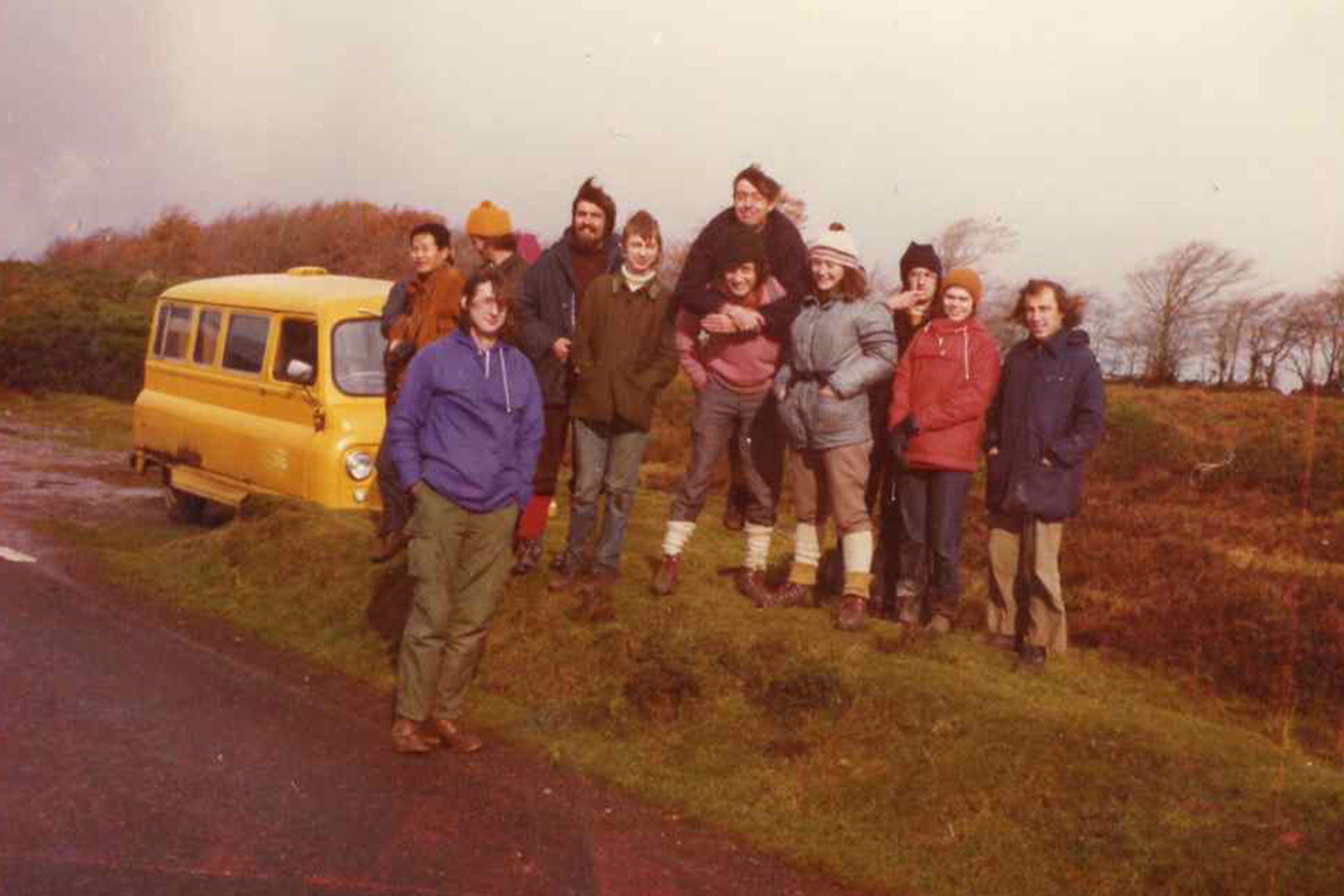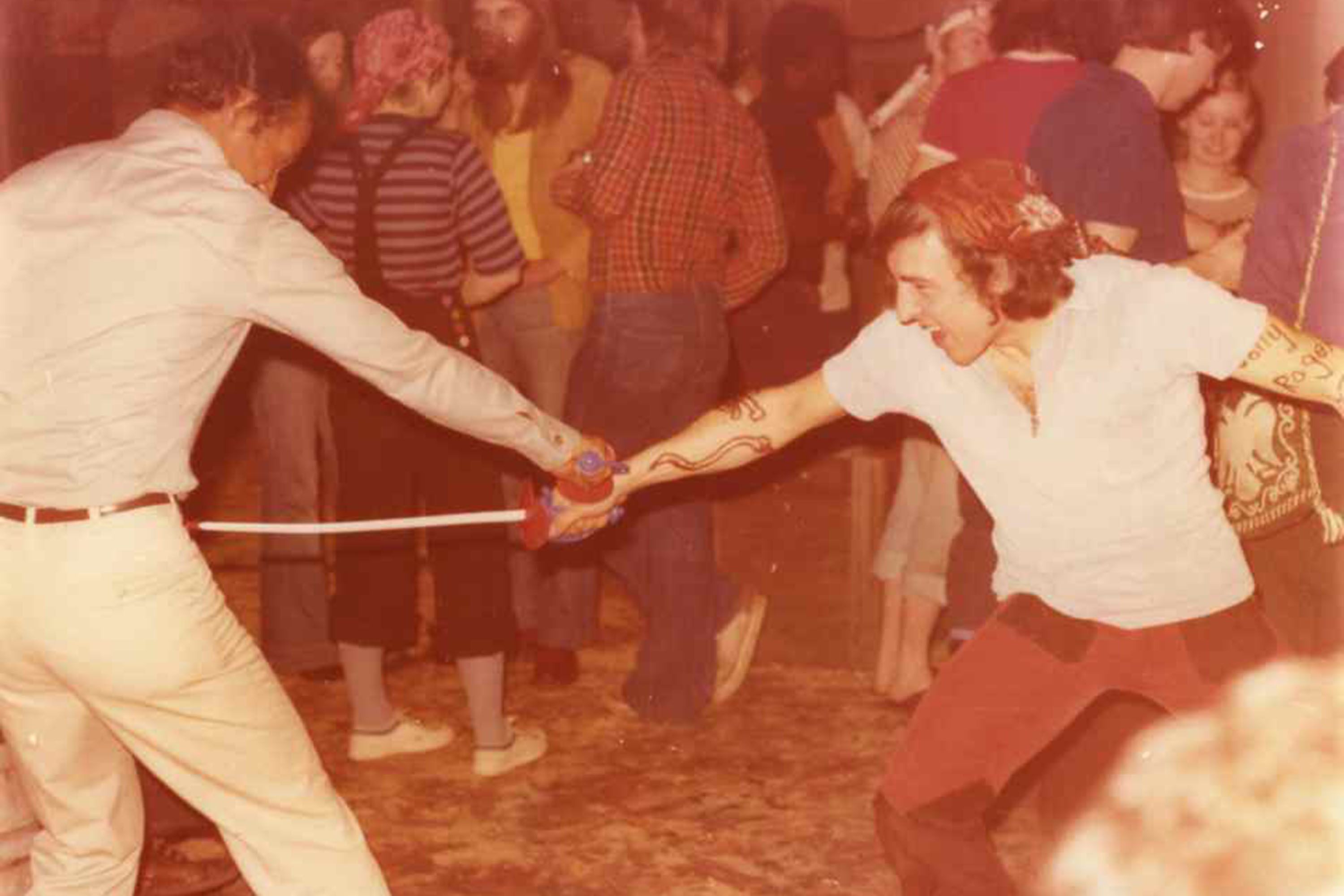Silwood memories

Celebrating 75 years of Silwood Park: alumni share their stories
2022 marks the 75th anniversary of Silwood Park. Boasting around 100 hectares of natural parkland, Silwood Park has been a part of Imperial since 1947. Over the years, it has developed a world-wide reputation as a centre for excellence in pure and applied ecology, bringing together researchers from across the world.
We are excited to share the stories of Silwood alumni on this page. If you'd like to share your story with us, please drop us a line at alumni@imperial.ac.uk.
Snippets of Silwood
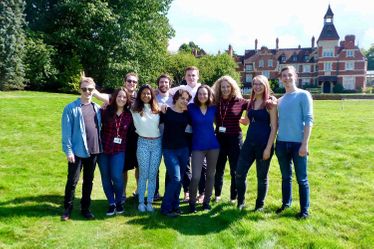
Ryan Rothman
"I was a resident of William Penney Hall. Silwood Park is not only an incredible place for training and research, but also in forming tight-knit friendships along the way!"
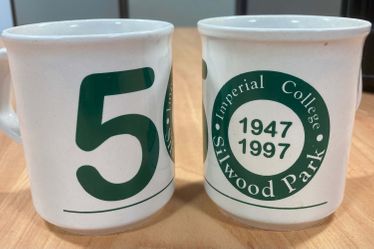
Hefin Jones
"I spent some of the best years of my career at Silwood (1982-1985 and 1988-2000) and have very fond memories of the place. I was also very much involved in organising the fiftieth anniversary celebrations - and still have the mug!"
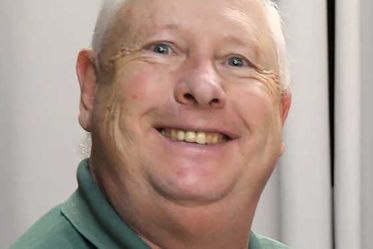
Bryan Kilgallin
"I did MSc Petroleum Geology from 1976-77. We had an excursion to Silwood Park for geophysical fieldwork. I recall doing gravity, magnetic and refraction-seismic surveying. So we found a buried pipeline. And I particularly remember the gravity drift from beginning to end, due to lunar orbit."
Snippets of Silwood part 2
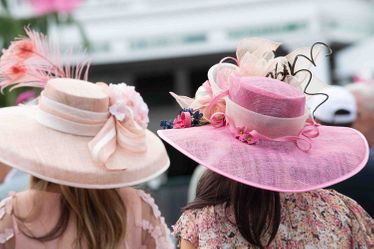
Guy Rigby
"I remember getting the Green Line coach out of London to the Wheatsheaf for the summer week surveying field course. The Tuesday was Ladies Day at Ascot so a group of us went along to see if the hats really were that big - and they were! I also have very fond memories of the 1977 Silwood Ball."
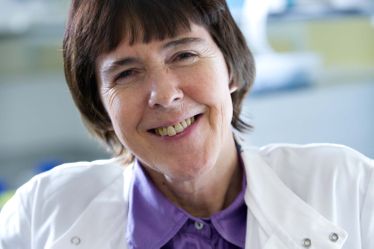
Professor Anne Dell
"I joined the Biochemistry Department (which merged with Biology in 2001 which is why we are now Life Sciences) as a postdoc in 1975 and the Head at that time, Professor Brian Hartley, organised our annual awaydays at Silwood. I have many happy memories of that time, with BBQs, croquet and dinner in the Manor House."
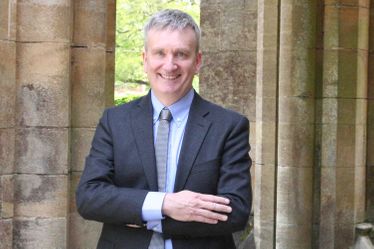
Guy Poppy
"I was at Imperial from 1984-1987 and spent quite a bit of time at Silwood over those years. I stayed in touch with many at Silwood during my subsequent career which has involved being a CSA in the Government and now the Deputy Exec Chair of BBSRC alongside my personal research which was started at Silwood where I published my first paper from work done at Ashurst Lodge!"
Diving deeper
Dr Martin Alcock

In the latter 1970s when we did our PhDs the business park was not created and although Plant Ecology was based in a ‘temporary’ prefabricated Nissan hut, Silwood Park was like a beautiful stately home environment to work in. The conservatory was where morning coffee and afternoon tea was served, and there was an on-site refectory for lunchtime and evening meals – Paddy was the chef. Silwood Park was a great place socially with lots of parties (Guy Fawkes, British Student Party, International Student Party, Summer Ball and monthly Dinner-in Hall in the main hall. There were also monthly camping trips, softball, football and mixed hockey on the field below the house, crochet on the back lawn and other activities.
On a personal front it was where I met Sue my wife and I proposed in the Japanese Garden on a snowy night near Christmas.
George H.L Rothschild
I spent three rewarding years at Silwood Park as a PhD student from September 1959 to July 1962, with my official supervisor being Professor Owain W Richards FRS, although the timing was not great as he ended up leaving for a spell in the USA, and the insect that I was supposed to be studying – a particular species of oak leafminer – disappeared completely, posing a bit of a problem when ARC PhD scholarships lasted just three years! Fortunately, Dr Dick (T.R.E) Southwood (later to become Sir Richard Southwood FRS and Vice-Chancellor of Oxford University), Dr Jack Dempster and Dr Nadia Waloff stepped in and provided wonderful support, identifying an alternative candidate for my PhD population study, a small planthopper that lived on rushes in a boggy area – with the then unromantic name of ‘Pond Bottom’.
In those days, just 14 years after WWII, facilities were still somewhat basic, and although Rothamsted ‘Taylor’suction traps for flying insects were already operating at Silwood Park, PhD students had somewhat less sophisticated equipment. My mechanised sampling device was an old vacuum cleaner with a modified bag for capturing insects, that had to be wheeled about in a large 1930s perambulator for infants. The device worked quite well but had an unpleasant habit of delivering a nasty electric shock every now and again. No health and safety regulations in those days, but a good pair of wellington boots ensured that one lived to see another day!
Silwood Park was blessed in those days to have the services of Jake Siddorn - a wonderful innovator for customised equipment – who could turn an unreliable home-made “Heath-Robinson” device into a remarkably efficient piece of scientific equipment, all at minimal cost.
All of the Silwood buildings at that time were still those existing before WWII, although as a married postgraduate with one child, I lived in rented accommodation initially near Reading. That meant cycling to work, but with the reward of a quick very early-morning soak in a vast Victorian ceramic tub in a bathroom next to my lab-office shared with five other postgraduates, on the first-floor of the then unaltered main building of the manor house. There were at that time still all the additional single-storey prefab buildings used during WWII when Silwood Park was requisitioned as a military hospital and convalescent centre, and some of these were available for use by PhD students. I used one for keeping the rabbits that I needed for preparing insect antigens to identify whether predators in “Pond Bottom” had been eating the planthoppers that I was studying. The wonders of modern molecular biology were not yet available for that sort of work – although Watson & Crick had published the structure of DNA six years earlier.
Also not yet available for Silwood students at that time were electronic calculators, so PhD students had to book time-slots on several ‘Facit’ mechanical calculating machines that were housed in the ‘turret’ rooms of the manor house. To get enough time, that often meant doing so well after midnight.
Many postgrads, myself included also did the Diploma of Imperial College course (D.I.C) in applied entomology, ecology and statistics that later in the mid-60s became an MSc. The lectures and practicals were provided by leaders in their respective fields: Dr Walter Jepson, Professor Michael Way, Dr Bob Blackith, Dr Cliff Lewis and others. This course was very useful for those of us who ended up joining the then Colonial (later Commonwealth) Pool of Entomologists to work in the far-flung corners of the globe – in my case: Sarawak in Borneo. The D.I.C course also included nematology then provided at Ashurst Lodge laboratory – also part of Silwood Park until its sale in the 1980s, while everything to do with pesticides from modes of action to applicators was provided in a course at the then Colonial Spraying Machinery Pool by Arthur Higgins and others – now known as the International Pesticide Application Research Centre - IPARC (Professor Graham Matthews has published an excellent history of pesticide work at Silwood Park).
As student and staff numbers were relatively low in those years, everyone knew each other very well – regardless of whether they were entomologists, nematologists, plant-pathologists, botanists or pesticide specialists - from professors and lecturers to postgrads, technicians and the cleaners, and many long-time friendships were forged there. These interactions were all greatly assisted by the welcoming atmosphere of the refectory where good meals were provided, as well as the important culture of collegial daily coffee breaks where research/teaching staff and postgrads mingled to discuss research or any other current topic. These breaks were held in the main building - or the attached conservatory at that time with the additional bonus of cakes and other ‘goodies’. While in summer, the lawns also provided a great venue for these get-togethers.
There have, of course, been vast changes at Silwood Park since those early years that have expanded its world-leading research facilities and programmes, but these are now far more reliant on adequate funding which tends to be short-term, posing challenges for all. But, that said, Silwood Park has a sound future – with luck, for the next 75-years!
Graham Matthews & Roy Bateman
Graham Matthews: "I was asked one year by FAO, if I could go to Vietnam for three months. With three children, such a visit was not possible, so I suggested they employed Roy Bateman who had just completed the one-year MSc course, as he had been in Asia. He went and did not return to the UK when I expected it, but I got a telephone call from the Foreign Office saying he was delayed! The delay was due to his getting married. He stayed there for three years, before his return, with his wife from Vietnam, to do his PhD at Silwood. As soon as his PhD was completed, I suggested to CABI that he would be ideal for them to employ him on their new project to develop a biopesticide to control desert locusts. This biopesticide has now been used very successfully in Somalia during the recent outbreak of the locusts in East Africa."
Roy Bateman: "The anecdote is true! The delays were also due to the fact that I was the first ‘western’ foreigner to get married there after the end of the Vietnam war – and we also had to wait for the first ordinary Vietnam passport to have been seen by the Foreign Office!"
Martin Cole
I did my first degree in the Botany & Plant Technology Department under Professor Brown from 1952-55 (Royal College of Science). We spent our last term doing a residential course at Silwood Park in Plant Pathology under Professor R. K. S. Wood, the first such course, which was excellent. As you can imagine it played havoc with our revision for the final examinations!
I recollect one memorable experiment carried out during this course involving the tobacco mosaic virus. One of our group was a smoker and was asked to donate a cigarette, some of which was crushed up in water and applied with an abrasive to the leaves of healthy tobacco plants which had been grown in the glasshouse. After a week or so lesions appeared on the leaves which were then removed, crushed up and the extract applied to more healthy tobacco plant leaves - with suitable untreated control plants. New lesions appeared on the "infected" leaves, thus confirming Koch's postulate of pathogenicity so we were told.
All this must have had quite an influence on me. Together with Chemistry as a subsidiary subject I went on to do a PhD degree at Imperial in Plant Pathology (1958) but on the more biochemical aspects of the subject. This stood me in good stead for my appointment as microbial biochemist at Beecham Research Laboratories at Brockham Park, Surrey. Here I was involved in the research and discovery of what were called the semisynthetic penicillins such as amoxycillin and was co-inventor of Augmentin (co-amoxiclav) widely used around the world for penicillin resistant infections - my wife has just been successfully treated with it and I also have been treated successfully with it!
When I retired I was Director of the Research Programmes at Brockham Park - SmithKline Beecham's Chemotherapeutic Research Centre.
Professor Helmut van Emden
When Imperial took possession of Silwood Park, it inherited two long-serving employees of the last private owners before the army took over the property. One of immediate uses for the student hostel element of Silwood was the old housekeeper, a Mrs Dalley. Perhaps less relevant was the mole-catcher, Mr Darling. With a very thick Berkshire accent, he would boast to the students that he had not been to London since the end of the First World War.
The warden at Silwood in the 1950s was a Mr Savage, an ex-colonial administrator. He was a brilliant pianist, and instituted regular classical musical soirées in his flat. The students contributed three excellent pianists, two violinists of modest ability and an adequate recorder player, but who had never acquired the skill of reading music. Perhaps it is a good thing that no one had a tape recorder!
Mr Savage also regularly patronised the Theatre Royal in Windsor, and would offer students the spare seats in his large Citroen car, should they wish also to go to the theatre. Students soon learnt that he was wont to lose interest in the performance and decide to leave at the interval; you either went back to Silwood with him or had to make your own way home if you decided to stay to find out “who done it”.
A remarkable phenomenon was the local bus service from Sunningdale to Windsor. This was a rather short single-decker known as the “White Bus” – there may have been more than one, though its limited frequency suggested otherwise. It was also far from reliable and it was not that unusual to see it at the Seven Stars Garage just down the road from Silwood, with the rear jacked up and with the passengers still sitting inside it waiting for it to resume its journey. If one took this bus to Windsor, one would notice that it would empty out shortly before entering Windsor Great Park. Here it would take a circuitous route in order to pass the various habitations in the park; some poor soul left on the bus then found they had the job opening and shutting a large number of gates for the driver. After an age, the bus would reach a stop just before its final direct run to Windsor. Here the bus would fill up again, and an eagle-eyed passenger would notice that these passengers were familiar – they were the same folk who had emptied out half-an-hour earlier. It was indeed the same stop, at a pub.
The flat inhabited by the cultured Savages (!) overlooked the drive on the northwest corner of the first floor of the house. At that time the drive had an entrance on the main road from Ascot. One evening, returning well-fuelled from the Cannon pub, the students saw potential in the barriers and signs being assembled at the cross-roads for future roadworks. They moved barriers and arrows to close the main road to eastbound traffic and divert it along the drive below the bedroom window of the Savage flat. The students thought this was dreadfully funny; Mr and Mrs Savage probably did not.
The Head of Department in the late 1950s was Professor Owain Westmacott Richards. He and Dr Nadia Waloff conducted long term research on the population dynamics of insects on broom bushes at Silwood, and so Richards (with Waloff) would frequently drive to Silwood from London, especially during the summer. Sometimes they would offer a lift to any London postgrad who had business at Silwood, and one such reported how Richards had been driving rather dangerously close to the back of a bus for a considerable distance to settle an argument with Waloff as to whether an insect visible at the rear window of the bus was a horsefly or a hover fly.
Richards tended to wear pretty old suits for these trips to Silwood, but on one occasion he appeared in an expensive brand new suit, since he had an important meeting in London later in the day. It would have to be the day when the heavens opened while he was in the broom patch! Student noses were pressed to the windows to witness his eventual return with forearms and substantial amount of lower leg projecting from his now badly shrunken new suit.
Visits from London by Professor Richards to carry out his research at Silwood were the only opportunity his research students had to consult their supervisor. He never asked to see them, and most supervision and advice at that time happened between students sharing the same lab. That was the norm in those days and so different from today, even though at that time staff got extra income for each student they nominally supervised. Even so, a consultation with Richards was always extremely brief, and one soon learnt that it was over when Richards, without a word, got up and disappeared into the loo next to his Silwood office. He would not return, but moved on to elsewhere in the building.
At this time the students lived on the top floor of Silwood House, in the rooms once used by the servants. These rooms were on a corridor forming three sides of a rectangle around the large central hall of the building. The fourth and north side of the rectangle was completed by two contiguous and communicating bedrooms. There was an unwritten rule that the communicating doors of these two rooms would never be locked by day, so that students with the most distant rooms could shortcut three sides of the rectangle. In 1956, President Nasser of Egypt closed the Suez Canal in protest at the refusal of Britain to end its military presence in the canal zone. By chance, both those communicating student rooms at Silwood were occupied by students from Egypt and, in sympathy with their President, they locked the doors and forced students to go to their bedrooms the long way round!
At the end of every summer term, a class of civil engineering students from South Kensington would descend on the Silwood campus for a couple of weeks to acquire surveying skills. The tradition was passed from generation to generation of these students that, on their last night, they would party at the pub. On their way back to the old Nissan huts they slept in at Silwood, they would invade Silwood House and trigger the fire alarm. The Silwood students also had their own tradition. This was, on the same night, to immobilise the alarm bell on the top floor with a bath sponge wedged under the bell’s clapper. Unfortunately, their tradition did not include remembering to remove the sponge. Thus there would be a complaint from the Warden each time he ran the next fire drill.
Tony Paxton
When I left my job as technician in Nematology in 1978, I moved to Cambridge to become a research technician in Biochemistry in Professor Kornberg's laboratory. I mention this to bring out a contrast with Silwood Park and to make a general point. Nowadays we are all so busy that we no longer have the culture of a daily or twice daily get together for coffee and tea. But this was standard practice in Academia until actually quite recently. In Cambridge, the technicians had our own tea room in the basement at Tennis Court Road and we would never even think of entering the staff tea room. In contrast, at least in Nematology, housed near Ashurst, we all gathered for coffee every mid-morning technicians and staff; and my enduring memory is of a happy collegiality which pervaded the working day. If you want one memory, then that is it.
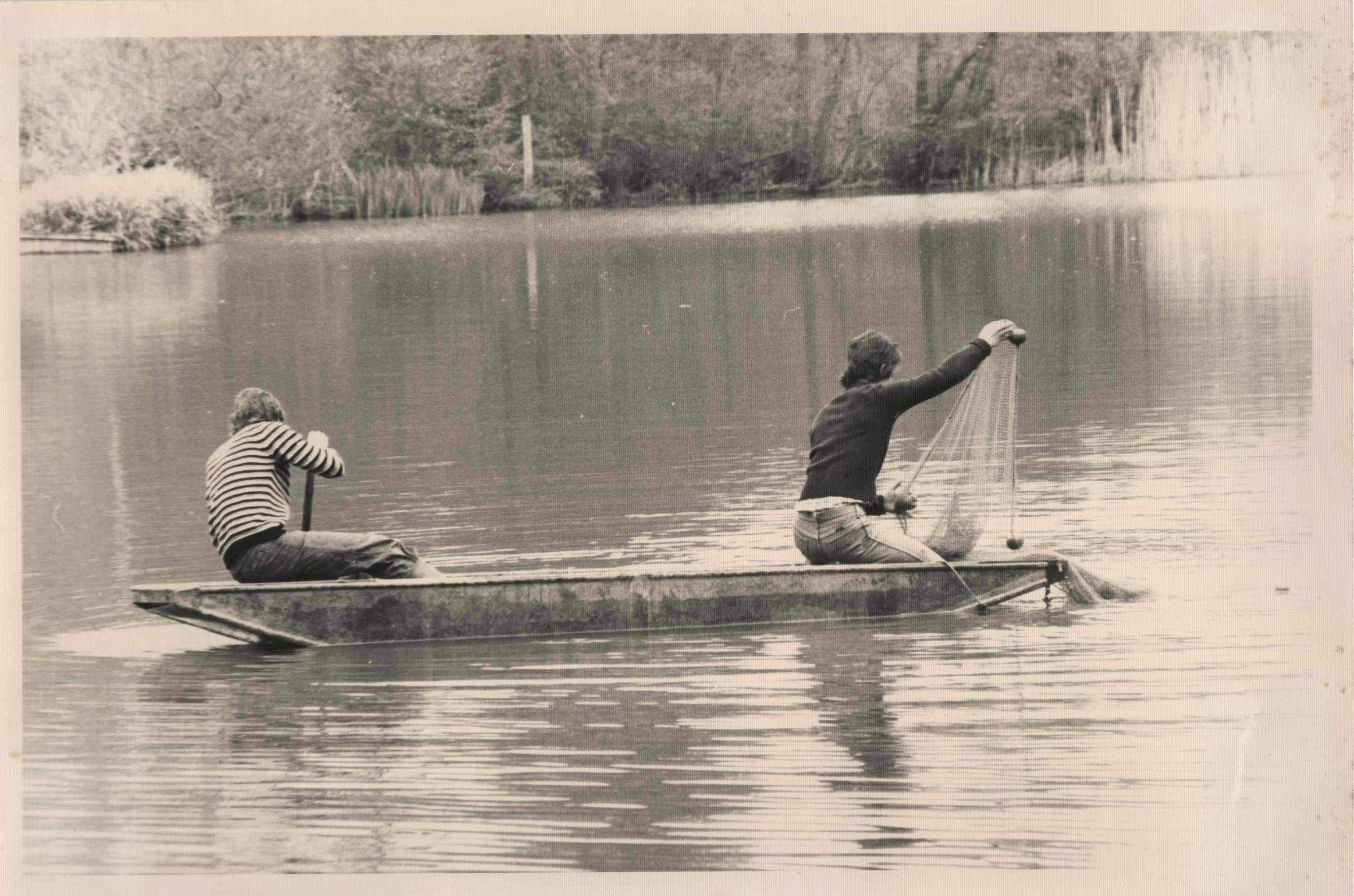
My own job was to support Dr Evans and later Dr Hominick in their research; and to maintain supplies for the students in their studies and field trips. Therefore I looked after the greenhouses and outdoor plots where we grew potatoes and tomatoes to infest with nematodes, and I used to decorate the end rows with gourds for colour; and to procure fish from the lake and elsewhere. I can't remember what the fish were for, but I do remember a large pike which we cooked and ate with the students.
I would like to mention some people who I will never forget. Jack Ellis (I think that was his name) was groundsman and his wife ran the tea trolley.
Jack once shot a rabbit for me which I made into an excellent pie. John End was a machinist, and was probably the most skilled I have known. He had been a violin maker before turning to metalwork and his hobby was vintage cars, especially Wolseleys and microcars. There was a large and well-equipped machine and electronics workshop; I would be tampering with the truth if I asserted that we didn't make use of these in the maintenance of our hobbies: a BSA motorbike in my case.



